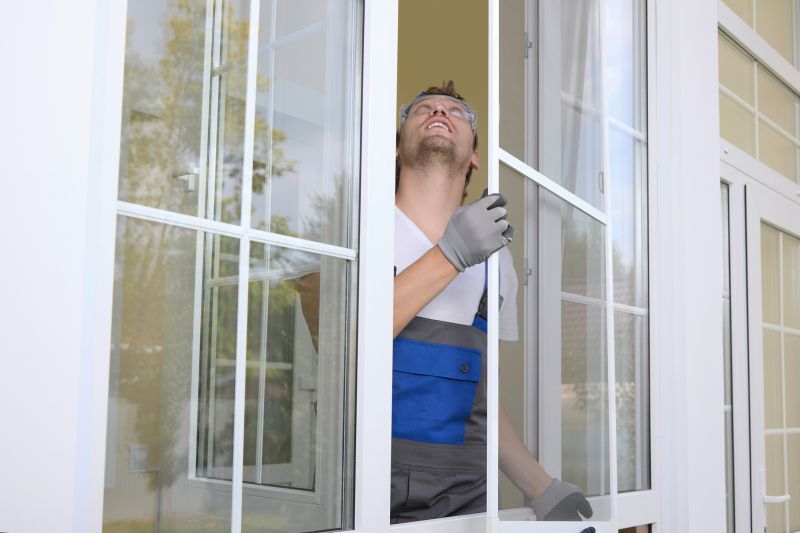Optimal Timing for Windows Installations
Windows installations are a critical aspect of maintaining optimal device performance and security. The timing of installation can impact productivity, system stability, and compatibility with other software. Proper planning ensures minimal disruption and maximizes the benefits of a fresh setup.
Spring and fall are often ideal due to moderate temperatures and fewer major software updates, reducing potential conflicts.
Weekends or mid-week periods are recommended to allow sufficient time for setup and troubleshooting without work-related pressures.
Scheduling installations outside peak hours minimizes operational disruptions and ensures dedicated support availability.
Timing installations after major Windows updates or security patches can enhance stability and security.

Technicians preparing devices for installation, ensuring compatibility and security settings.

Calendar with marked dates for optimal timing, considering business cycles and updates.

Technician performing Windows setup on a workstation, with tools and software ready.

Verifying system stability and performance after Windows installation.

Ways to make Windows Installations work in tight or awkward layouts.

Popular materials for Windows Installations and why they hold up over time.

Simple add-ons that improve Windows Installations without blowing the budget.

High-end options that actually feel worth it for Windows Installations.
| Timing Consideration | Details |
|---|---|
| Season | Spring and fall offer moderate temperatures and fewer major updates. |
| Weekday | Mid-week days provide better support availability and less operational disruption. |
| Major Updates | Scheduling after security patches ensures system stability. |
| Business Cycle | Align installations with low activity periods to minimize impact. |
| Preparation | Complete backups and system checks beforehand for smooth setup. |
Windows installations play a vital role in maintaining system security and performance. Regular updates and fresh setups can extend device lifespan and improve productivity. Understanding the optimal timing helps in reducing downtime and ensuring compatibility with existing hardware and software configurations.

Technician configuring Windows on a desktop, ensuring proper settings.

Assessing hardware and software requirements before installation.

Adjusting settings for enhanced system performance.

Providing guidance on new Windows features and updates.

Finishes and colors that play nicely with Windows Installations.

Little measurements that prevent headaches on Windows Installations day.

A 60-second routine that keeps Windows Installations looking new.

A frequent mistake in Windows Installations and how to dodge it.
The process usually takes between 1 to 3 hours, depending on system specifications and data transfer needs.
Yes, scheduling during off-peak times minimizes operational disruption and allows for dedicated support.
Many installations can be remotely managed, but in-person setup may be required for complex configurations.
Data backups, system checks, and compatibility assessments are recommended prior to installation.
Interested in scheduling a Windows installation? Filling out the contact form provides an opportunity to select the most suitable timing and ensure a smooth setup process. Proper timing and preparation are essential for maximizing system performance and security.


